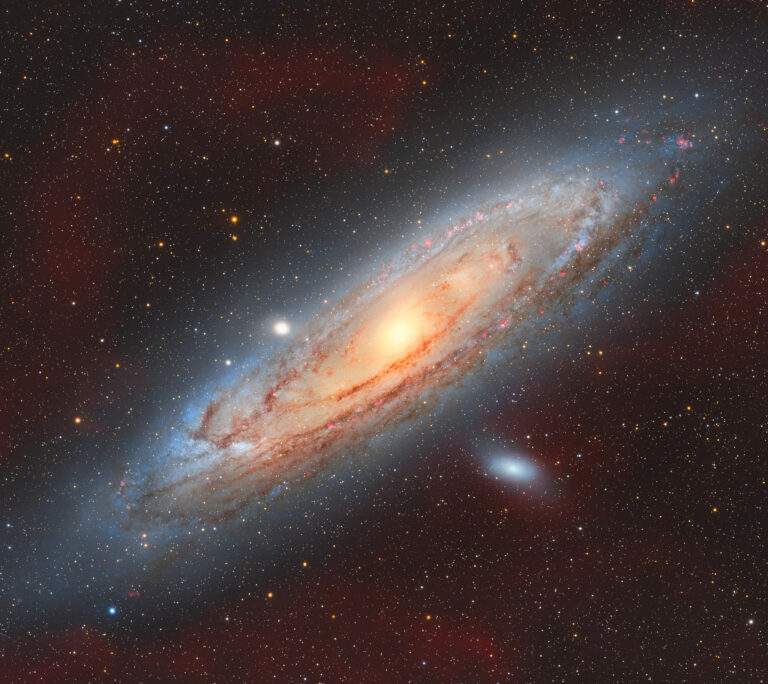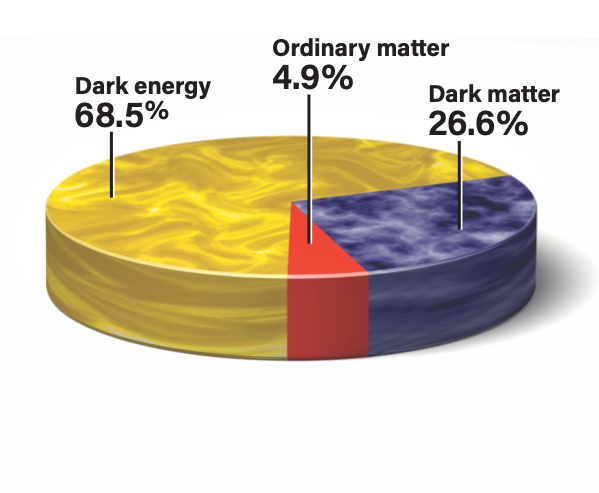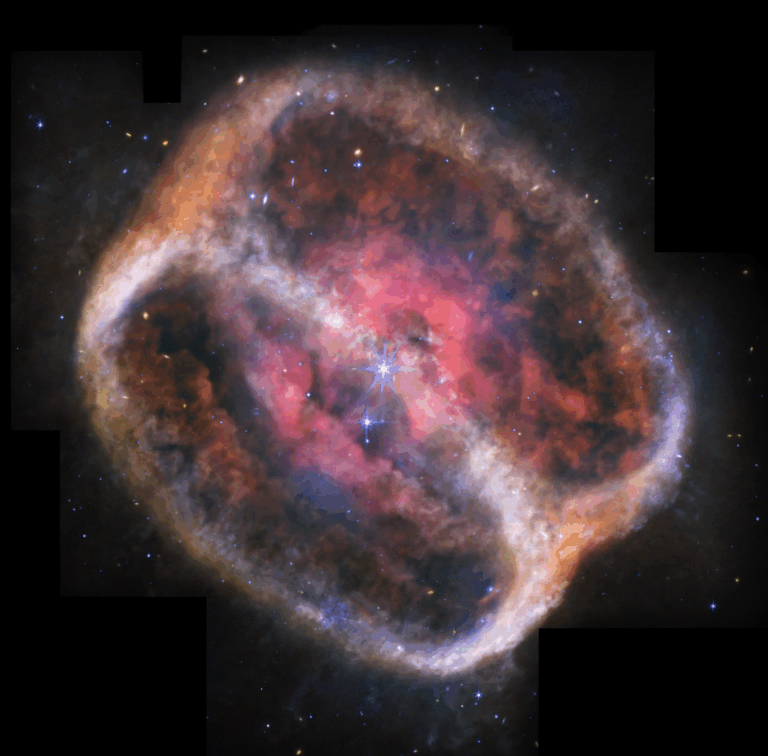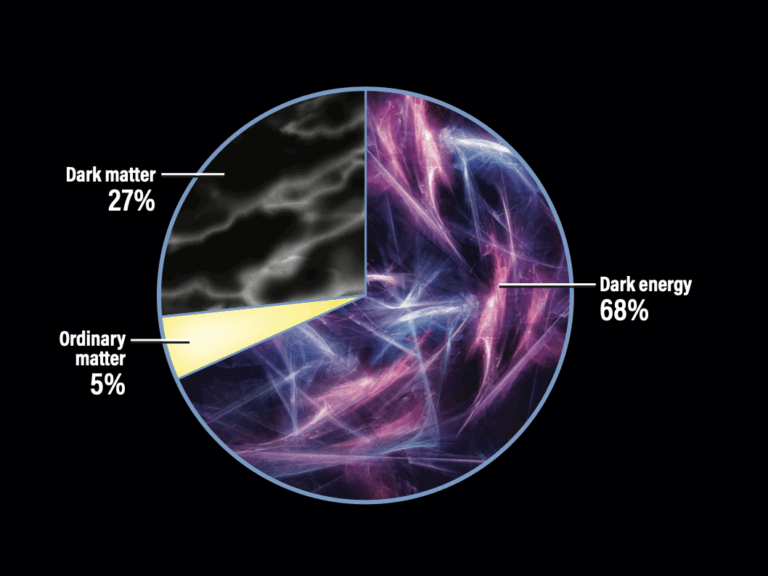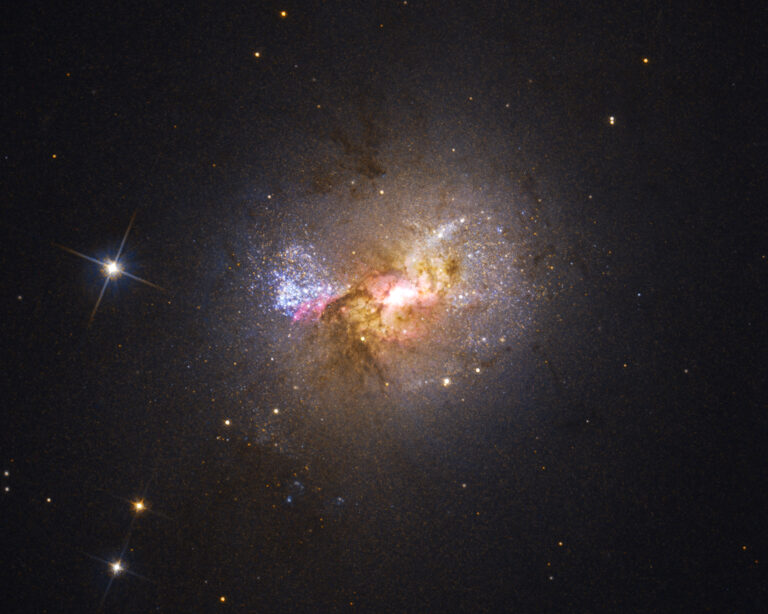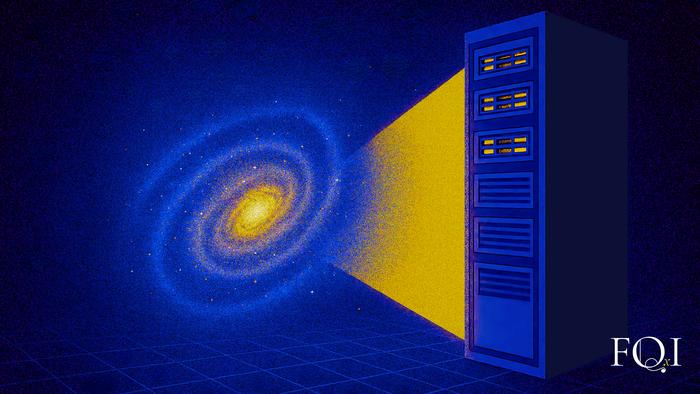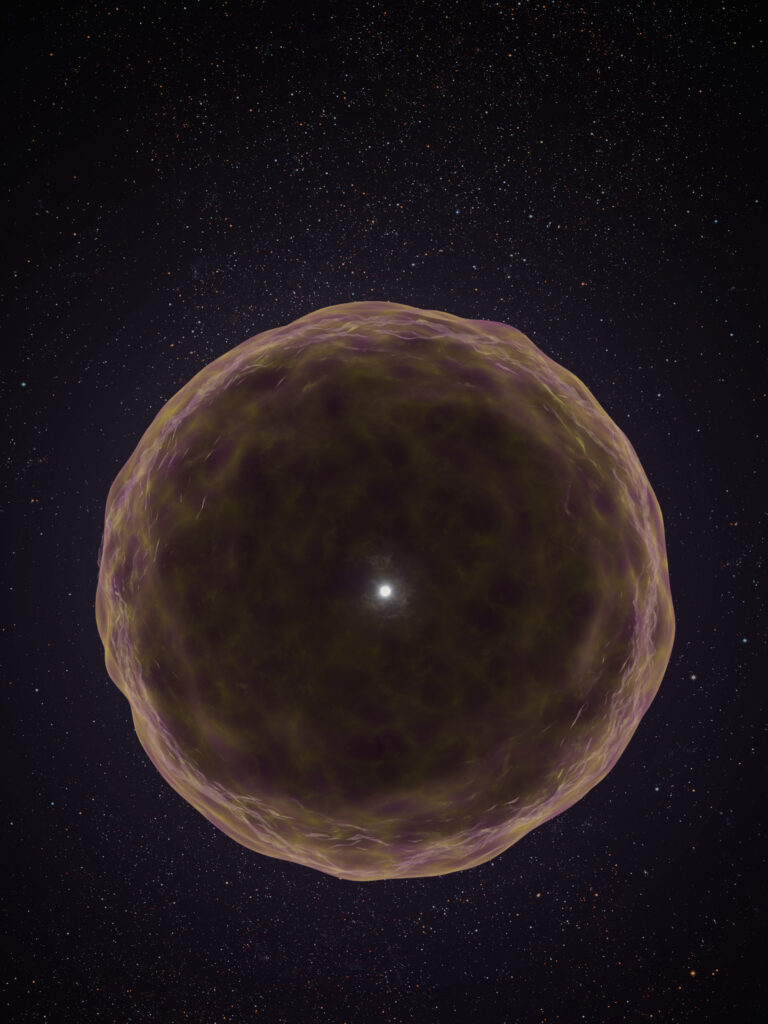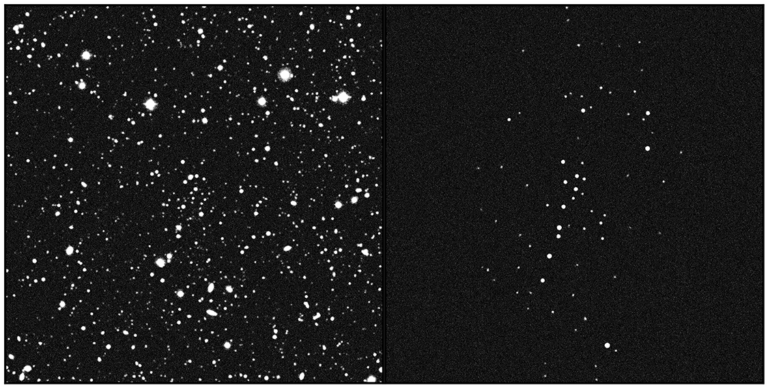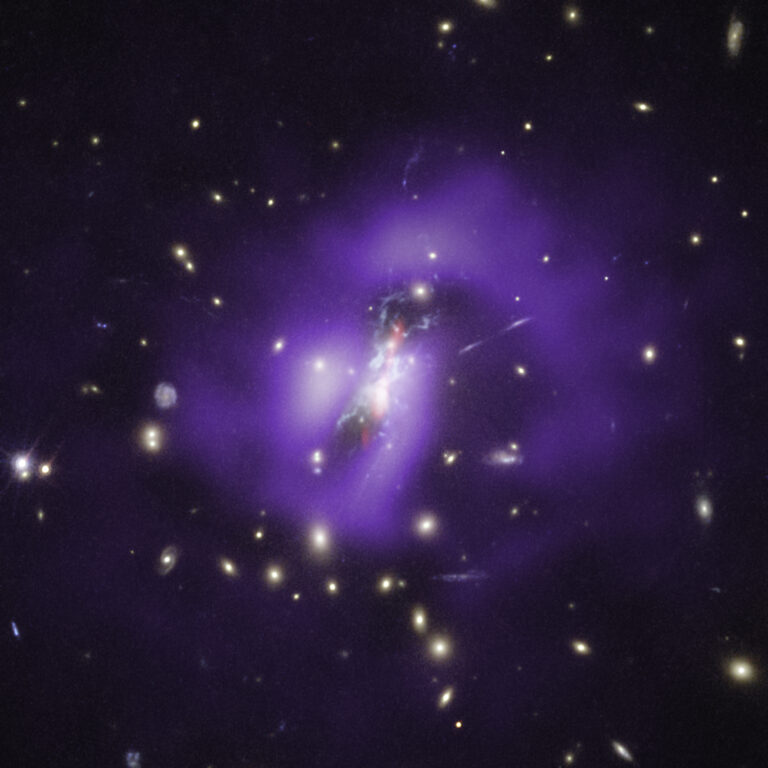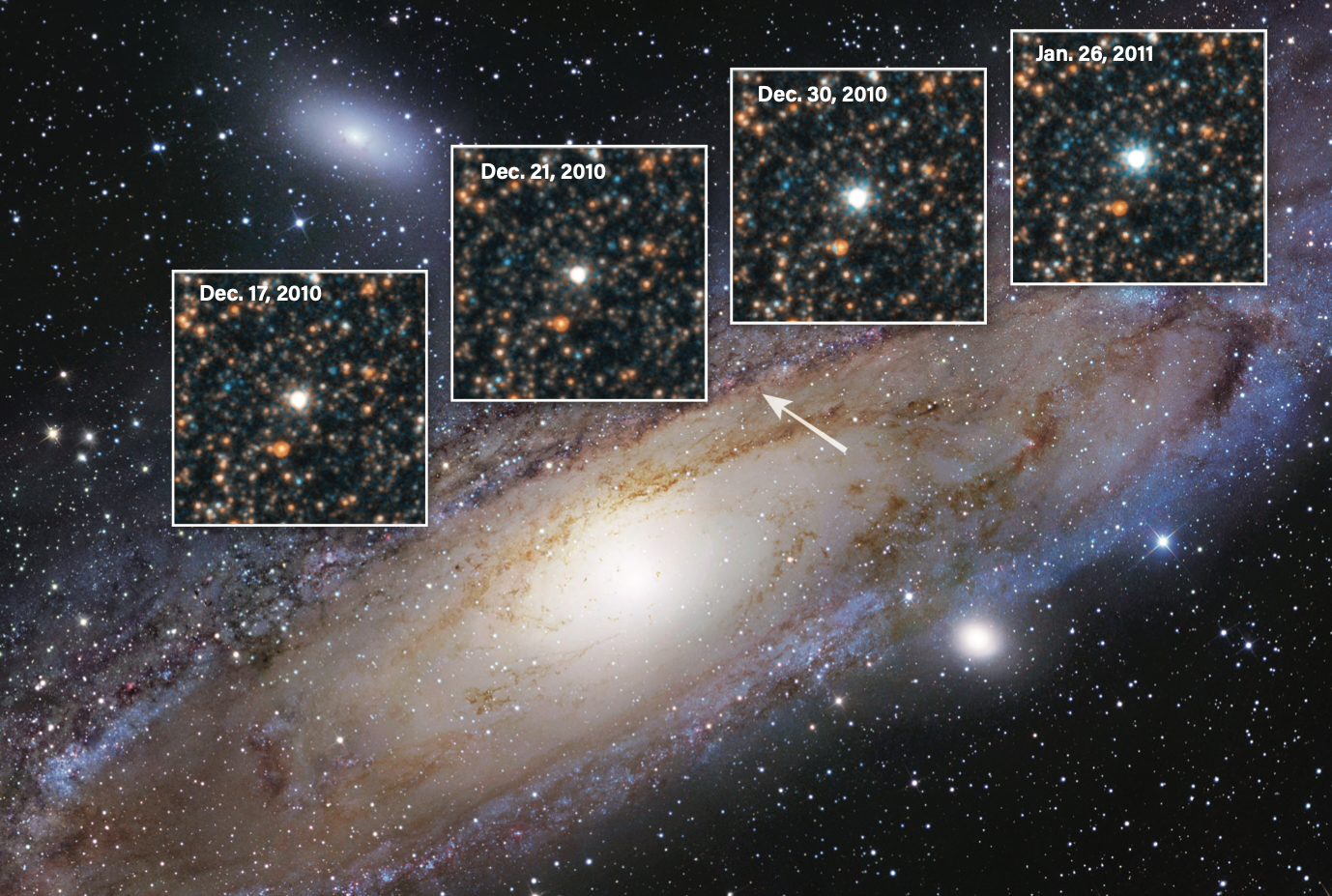
Key Takeaways:
- Cepheid stars have predictable brightness changes linked to their periods.
- This period-brightness relationship lets astronomers calculate a Cepheid's distance.
- Hubble found a Cepheid in the Andromeda Nebula, using its period and brightness to calculate distance.
- This distance was far beyond our galaxy, proving Andromeda is a separate galaxy.
How did a Cepheid variable star help Edwin Hubble prove the Andromeda Nebula was a galaxy?
Roger Brady
San Quentin, California
Cepheids are rare variable stars with periods ranging from about 1 to 120 days. Their light curve — a chart showing brightness over time — is characterized by rapid brightening followed by slow dimming in a distinctive pattern, making them easy to identify. In the early 1900s, Henrietta Swan Leavitt of Harvard College Observatory examined photographic glass plates of the Magellanic clouds and discovered a record 1,777 new variable stars, some of which were Cepheids. Her brilliant observation was that the longer a Cepheid’s period, the brighter it became at maximum.
She correctly assumed that because the Cepheids were all contained within a single deep-sky object, namely in one of the Magellanic clouds, they must all lie at roughly the same distance from Earth. That meant their apparent magnitudes (the magnitude we measure at the telescope, as brightness is affected by distance) were accurate indications of their true luminosities (the intrinsic brightness of the star). In 1912, she published a landmark graph based on 25 Cepheids within the Small Magellanic Cloud showing a linear correlation between the logarithm of their periods in days and their average apparent magnitudes. This is now known as the period-luminosity relationship, or Leavitt law, and it is one of the most important principles in astrophysics.
Danish astronomer Ejnar Hertzsprung realized the tremendous significance of Leavitt’s discovery. If the distance to any Cepheid could be determined, then you could use its apparent magnitude and distance to figure out how bright it really is. That would enable calibration of Leavitt’s graph with absolute magnitudes (inherent brightness) rather than apparent magnitudes (observed brightness). From then on, the distance to any Cepheid could be determined using only two pieces of data: its period and its apparent magnitude. Hertzsprung calculated the distances to 13 Cepheids, including the prototype star Delta (δ) Cephei, using the technique of statistical parallax (which uses the motion of Earth around the Sun to calculate a star’s distance based on how much it shifts against more distant background stars) and calibrated Leavitt’s graph with absolute magnitudes.
When Edwin Hubble discovered a Cepheid within the so-called Andromeda Nebula he knew he’d struck astronomical gold that would enable him to calculate its distance. From serial photographic glass plates, he measured its period to be 31.415 days and its average apparent magnitude to be 18.5. A calibrated period-luminosity graph indicated a Cepheid with a period of 31.415 days has an absolute magnitude of –5.0. For a star with absolute magnitude of –5.0 to have an apparent magnitude of 18.5, it would have to be incredibly far away. The distance he calculated was well outside the bounds of the Milky Way as they had been recently measured by Harlow Shapley at Harvard College Observatory, proving it had to be another galaxy.
For a more detailed explanation of this, see my article in the August 2022 issue of Astronomy describing how I reenacted Hubble’s work with my backyard telescope and CCD camera and precisely reproduced his results.
Rod Pommier
Astroimager and Astronomy contributor, Portland, Oregon

